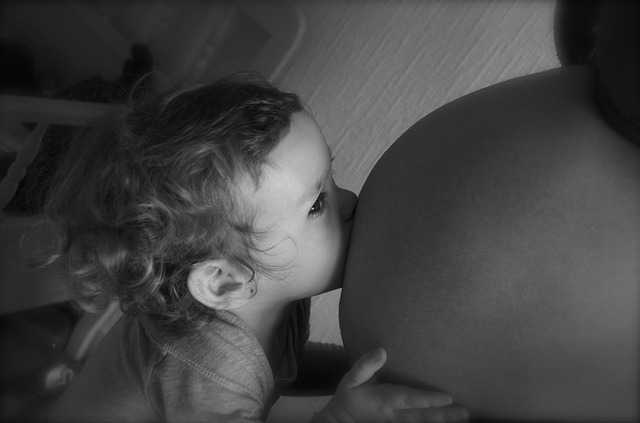Did you know that New York is the only state mandating lead exposure assessments for every pregnant woman during her first prenatal visit? As a healthcare professional who regularly sees expectant mothers, I find this shocking. This topic is especially relevant this month, as we observe National Lead Poisoning Prevention Week, a time to raise awareness about the serious risks associated with lead exposure for pregnant women and their developing children.
What is Lead?
Lead is a heavy metal lurking in various environments—dust, air, soil, water, and even inside our homes. Historically, lead has been present in many products, including paint and gasoline. Although lead was removed from household paints in 1978, homes with older lead paint remain a significant source of exposure, especially when the paint starts to peel or chip away.
Understanding Lead Poisoning
Lead poisoning can manifest through a single symptom or a collection of vague signs that are often overlooked. It can sneak up on individuals, leaving them unaware of their condition. Symptoms may include abdominal pain, constipation, anxiety, hyperactivity, and in severe cases, convulsions or even death. It can also lead to anemia (low blood iron).
For developing babies and young children, the effects can be devastating. Lead can cross the placenta during pregnancy, meaning if a mother is exposed, her baby is too. Additionally, young children are at high risk due to their tendency to put objects in their mouths. Even low levels of lead can cause lasting damage, including:
- Decreased IQ
- Attention issues and hyperactivity
- Hearing impairment
- Behavioral and growth problems
- Kidney and brain damage
How to Minimize Lead Exposure
To protect yourself and your children from lead exposure, consider the following actions:
- Testing: All pregnant women should get tested for lead exposure. It’s a simple, cost-effective blood test that can be done during the first prenatal appointment. If your healthcare provider doesn’t suggest it, don’t hesitate to ask.
- Child Testing: Begin testing your child for lead before their first birthday and continue regular checks until age six, as children under six are at heightened risk.
- Cleanliness: Keep your home clean, especially keeping dust, which may contain lead, away from young children. Encourage frequent hand washing and avoid letting kids put their hands in their mouths.
- Soil Safety: Be cautious about letting children play in areas with bare soil, as lead in soil doesn’t degrade.
- Professional Help: If you suspect lead paint in your home, hire professionals to handle its removal.
- Water Safety: Run cold water from your kitchen tap for at least 30 seconds before using it for drinking or cooking, especially if it hasn’t been used for a while.
- Food Storage: Avoid using lead crystal glassware or old pottery for food storage.
- Diet: Ensure your children have sufficient calcium, iron, and Vitamin C in their diets, as this can help reduce lead absorption.
While it’s disheartening to see the lack of nationwide testing for lead exposure, I remain hopeful that increasing awareness will protect more children. Share this information, as lead poisoning is entirely preventable! For additional insight into related topics, check out our other blog post on understanding pyloric stenosis in infants, which provides valuable information on infant health. For those considering home insemination, you can find more information on artificial insemination kits at Cryobaby.
Summary
Lead exposure can pose serious health risks to pregnant women and children, often without any obvious symptoms. It’s crucial to take preventive measures, such as testing for lead and maintaining a clean environment. By spreading awareness and ensuring proper dietary intake, we can protect future generations from the dangers of lead poisoning.

